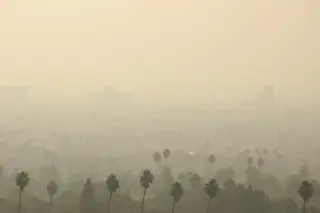An algae bloom in the western part of Lake Erie just offshore of Toledo, Ohio is visible in this image captured today (Aug. 3) by NASA's Terra satellite. Do you see it? The green slime at the western end of Lake Erie in the satellite image above? That could be the source of the toxins that have caused the city of Toledo, Ohio to impose a drinking water ban affecting 500,000 people. The ban continued today, as further testing revealed evidence of the toxin microcystin in a drinking water plant. Microcystin is produced by blooms of cyanobacteria, also known as blue-green algae. In the image from NASA's Terra satellite above, a widespread bloom is evident; whether it contains the the cyanobacteria that produce microcystin I can't say for sure. But I'd put money on it. I didn't want to say this in the headline, because I didn't want to seem ...
Holy Toledo! This Nasty Lake Erie Algae Bloom is the Likely Source of the Toxin Causing Your Drinking Water Woes
Discover the recent Lake Erie algae bloom and its impact on Toledo's drinking water, causing a serious water ban for 500,000 residents.
More on Discover
Stay Curious
SubscribeTo The Magazine
Save up to 40% off the cover price when you subscribe to Discover magazine.
Subscribe













